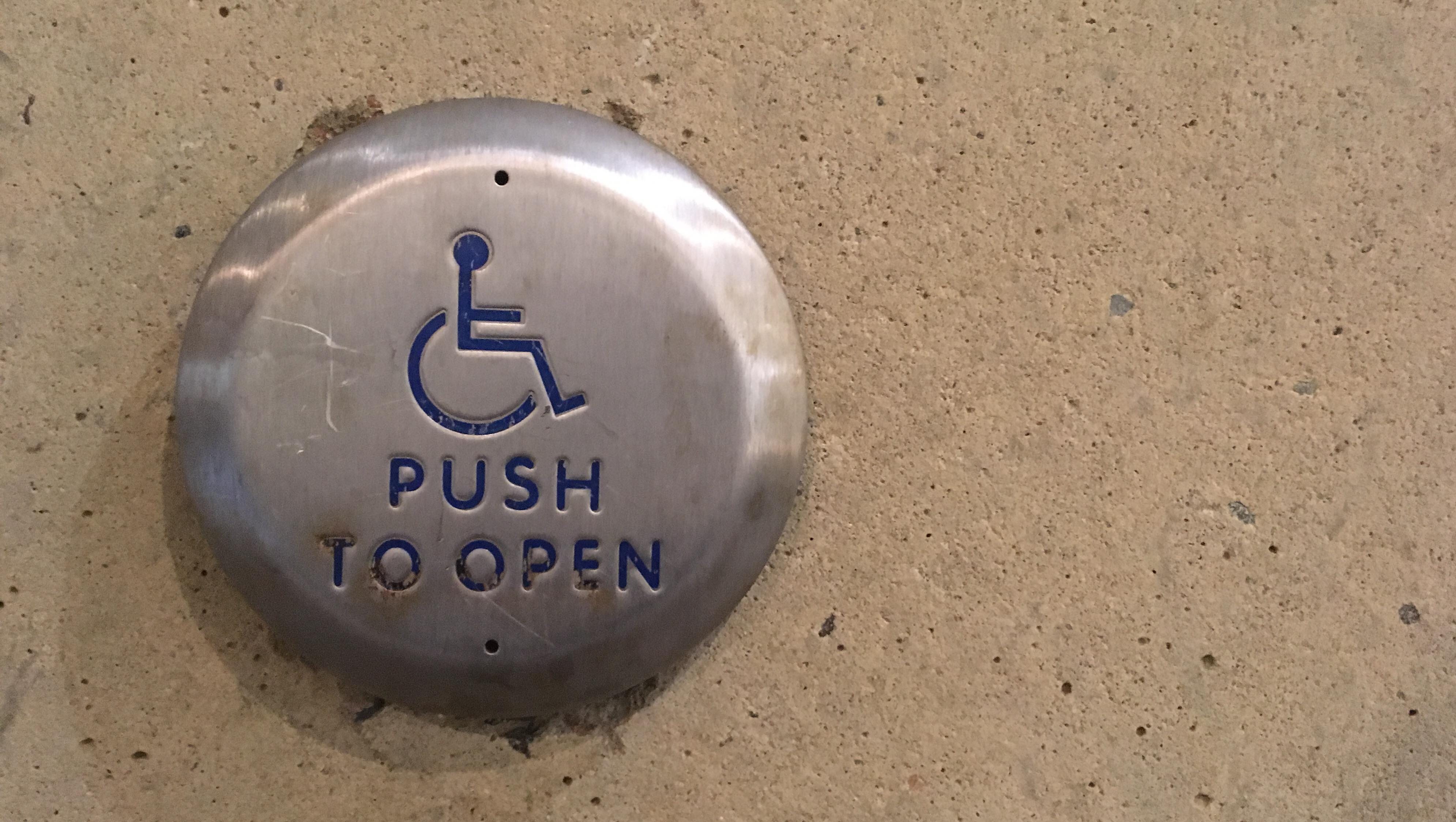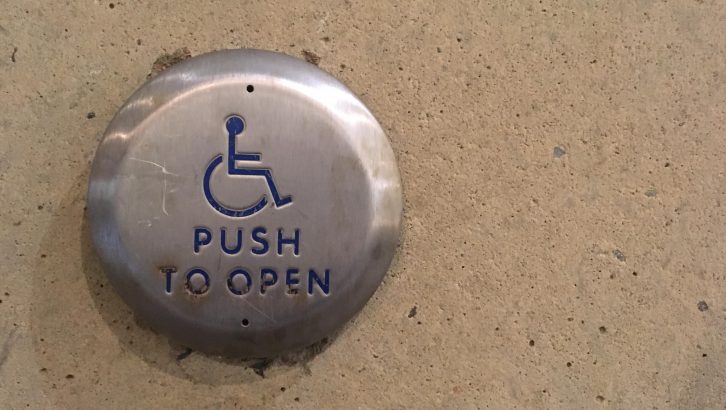Accessibility
12 people named to Nova Scotia accessibility advisory board
The board will implement a plan to achieve accessibility in the province by 2030

caption
20 percent of Nova Scotians live with a disability. The new Accessibility Advisory Board aims to make their lives easier.
caption
Twenty per cent of Nova Scotians live with a disability. The new Accessibility Advisory Board aims to make their lives easier.Architect Anne Sinclair has years of experience designing accessible spaces for people with disabilities. Now she’ll help the province become accessible by 2030.
Sinclair, along with 11 others, has been appointed to a new Accessibility Advisory Board organized by the Nova Scotia government.
“I work with people with disabilities when I’m designing. They are the experts,” she said.
Sinclair, who is able-bodied, is an accessibility advocate. She owns and operates her own architectural firm in Halifax. Her main focus is working on accessibility on university campuses, and also works on homes and commercial buildings.
Nova Scotia is only the third Canadian province to pass legislation to remove accessibility barriers.
“This board is going to play a critical role,” said Gerry Post, executive director of the Accessibility Directorate of Nova Scotia. The directorate will be responsible in implementing and administering the Nova Scotia Accessibility Act, which passed in April. The directorate will be providing advice to the board and conducting research.
The act seeks to create accessibility standards that could affect anything from building construction to education to public transportation. Previously, there were no standards in place, leaving people with disabilities at a loss.
Sinclair said the board’s role is two-fold: “one is consciousness raising, for people to realize that this is a problem in our province, and then the second (is) what do we do about it and how does it get funded?”
Part of Sinclair’s philosophy as an architect is the phrase “nothing about us, without us.” The phrase was used in the late 1990s in disability activism. It suggests the idea that no policy should be decided, without full and direct participation of the group affected by the policy. In this case, the new board does just that with over 50 per cent of its members having a disability.
Board members are as follows:
- Douglas Foster
- Rosalind Penfound
- Alexander Peeler
- Amy Parsons
- Anne Sinclair
- Barry Abbott
- Cynthia Bruce
- David Caswell
- Irene Campbell-Taylor
- Kevin Russell
- Marcellina Shwery-Stanley
- Warren (Gus) Reed
“My biggest hope is to continue the amazing work that’s already been done by community activists, like the Bill 59 Community Alliance, which was instrumental in getting the act to be more in line with what people with disabilities thought was needed,” said Sinclair. “They’re a very admirable group.”
With 20 per cent of its population being disabled, Nova Scotia has one of the highest disability rates in the country. Due to the aging population, the province may see its rates rise to 31 per cent by 2026. The national average is 14 per cent.
“It’s important for that 20 per cent right now (and) that 30 per cent in the future, to have a role in contributing to our economy, to be involved in society,” said Post. “Right now, it’s a challenge for a person with a disability to find an accessible restaurant or a bar, to socialize and also to go shopping or to access government facilities.”
One of the board’s first tasks will be to develop and recommend a strategy and implementation plan for complete accessibility by 2030. This step is expected to be completed in the fall.

